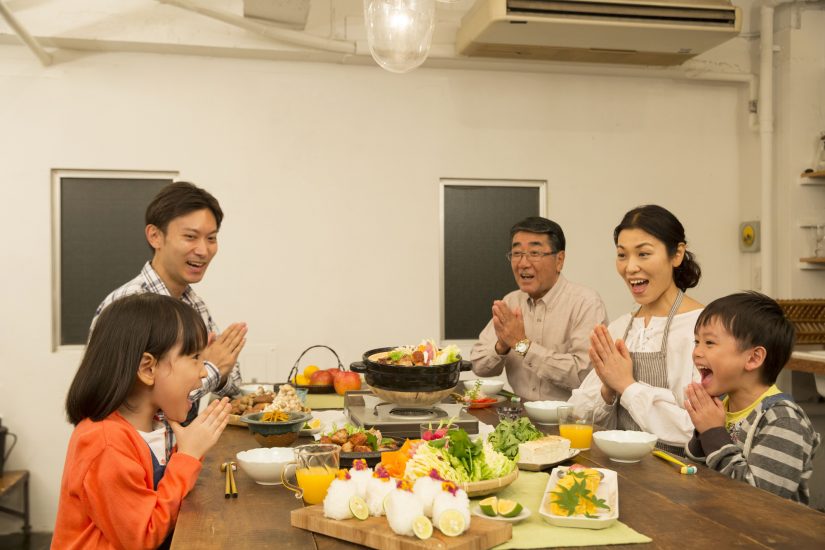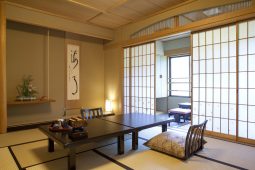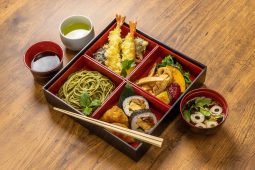As in any country or culture manners at the table can be a big deal on how you come across to people and more particularly if you find yourself in a very formal setting such as a business dinner. The Japanese can have a very different concept of what constitutes good or bad manners compared to what you have been taught as a child. Here is a list of do’s and don’ts that you will have to keep in mind when sharing a meal with the locals.
How to start and how to end:
First things first, as the French start a meal by saying “Bon appétit!” the Japanese say “Itadakimasu!” while putting their hands together. However, this expression would not have any equivalent in any Western language as its meaning is a little more profound than a simple “Enjoy your meal”. Indeed, it is normally uttered by whoever is eating rather than the person who prepared or served the food. It conveys not only your respect towards people, but also the food you are about to eat as it has a spiritual connotation with a strong relation to nature which is where your food comes from.
At the end of a meal, if you really want to impress your Japanese hosts they will be delighted to hear you say “Gochisousama deshita”. This way you show them gratitude for the food they have prepared for you. Traditionally, this expression demonstrated a guest’s appreciation for the host’s time and how they had to go out of their way to prepare you a meal. This of course refers to olden days when food used to be scarce and not so easily accessible.
The tragic dilemma of the chopsticks:
What you do with your chopsticks is usually the tricky part as it is so easy to forget what you should not be doing. The classic mistake, when taking a break in the middle of a meal, is to stick them into your bowl of rice. It always appears to be most convenient way to place them so that they don’t fall. However, in Japan it is perceived as a serious offence considering the fact that it refers to a traditional ritual surrounding funerals. This is in fact the only time you will come across a pair of chopsticks intentionally planted into a bowl. If you need to put yours down, you can either set them horizontally on top of your dish or carefully place them on the commonly used hashi oki (chopstick rest).
And here is an other thing you need to avoid at all cost also due to its reference to death. Assuming you can handle chopsticks with remarkable dexterity, you might be tempted to share some of your food by passing it from your chopsticks to someone else’s. However, that’s an other mistake you should not make at the table. This action refers again to a specific ritual after a cremation. On this occasion, the family gathers and after being handed a long pair of chopsticks each member will pass the fragments of bones from person to person to finally lay them into the urn.
So, if you’re eating in front of a Japanese and they suddenly open their eyes wide that probably means you’re doing something wrong.
What you can finally do:
Great news! Feel free to forget all of your parents remonstrances while growing up as here slurping your noodles is okay. If you ever frequent the traditional soba shops that you find in every corner, you will be immersed in this repeated sound as this is the proper way of eating udon and soba. However, slurping takes a lot of practice if you ever want to learn. At first, you will most likely spill some of that broth all over the place, but just watch how those salarymen do it and you will master the art in no time.








